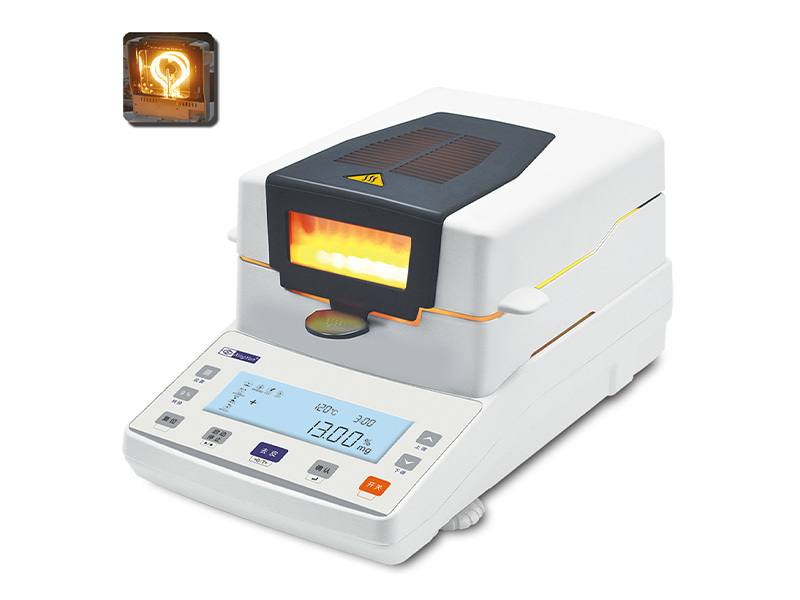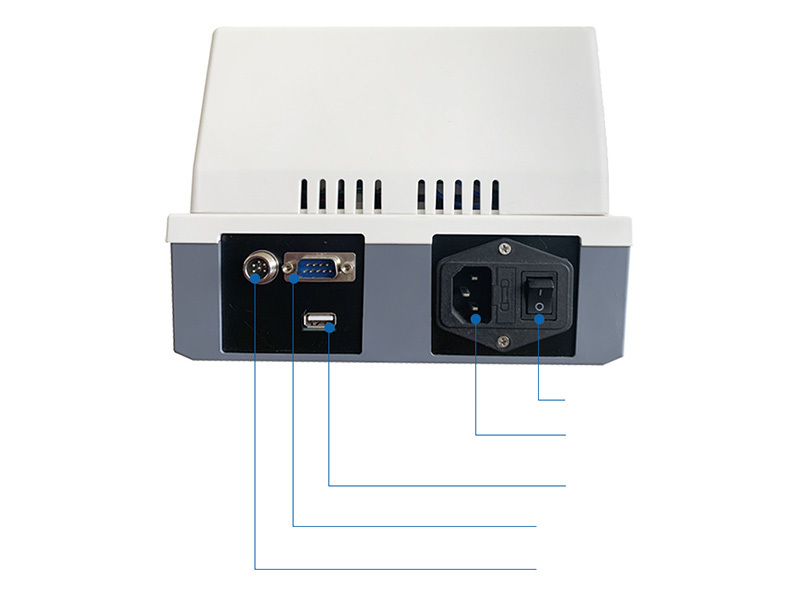News
Chinese ancient weighing instrument culture and measurement development history
2023-03-09
China's weighing instrument industry has a long history and has a profound influence in China's traditional culture. Today, I will give you a brief introduction to the development history of weighing instrument measurement in China, so that you can have a comprehensive understanding of the industry in China.
China's measuring instruments and their related culture
In ancient China, we call it unequal arm ruler, which is equivalent to equal arm ruler. The classic of equal-arm balance is foreign balance. The working principle of the equal-arm scale is to realize measurement by accumulating weights, so that the accumulation of weights is equal to the weight of the object.
Measurement is closely related to our life. In addition to the two words "balance" and "contingency" introduced in our previous article, there are many other words related to weighing in the measurement industry, such as "haggle", "haggle", "close" (a close equals 30 jin) and "thunderbolt".
So, what is the origin of this name? It is said that Fan Li, the sage of the Shang Dynasty, invented the traditional Chinese scale. He took the six stars in the south and the seven stars in the north, and set thirteen liang as one jin.
Later, in the specific use process, it is not convenient for specific calculation, and the problem of short weight often occurs between merchants. Later, three stars, "Fu", "Lu" and "Shou", were added, implying that the lack of weight is to be reduced to "Fu, Lu and Shou". Sixteen liang is one jin, half a jin is eight liang. This is the origin of half a dozen.
Now we know that the ancient system of sixteen liang is one jin, so how much is one or two? According to the records of the Han Dynasty, ten millet is the most tiring, ten tiredness is one baht, twenty-four baht is one or two, and sixteen liang is one jin. Generally speaking, the initial standard of "two" is that the weight of 100 grains of black rice produced in the north is 1 baht, and the weight of 2400 grains is 1 baht or 2 baht.
This reminds Xiaobian of the way diamonds are measured. Now the basic unit of diamond is carat. In fact, carat is a kind of locust seed in the Mediterranean of Africa. The weight of this seed is surprisingly similar. At 200 mg, the weight of one carat is one carat.
After liberation, in order to facilitate calculation and unify with international measurement, China formally changed the measurement unit to 10 system, forming the measurement system we are familiar with now.
Related News













